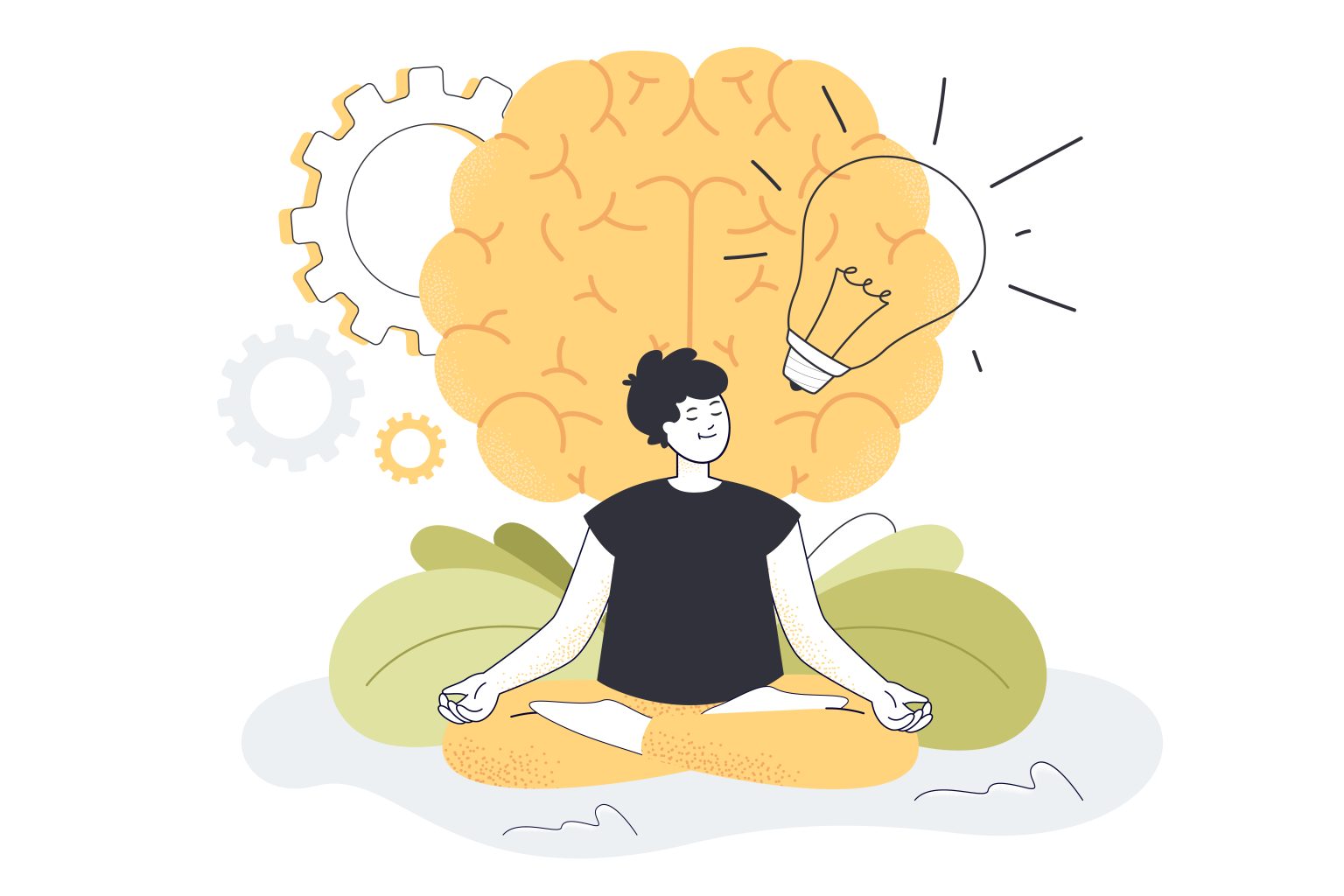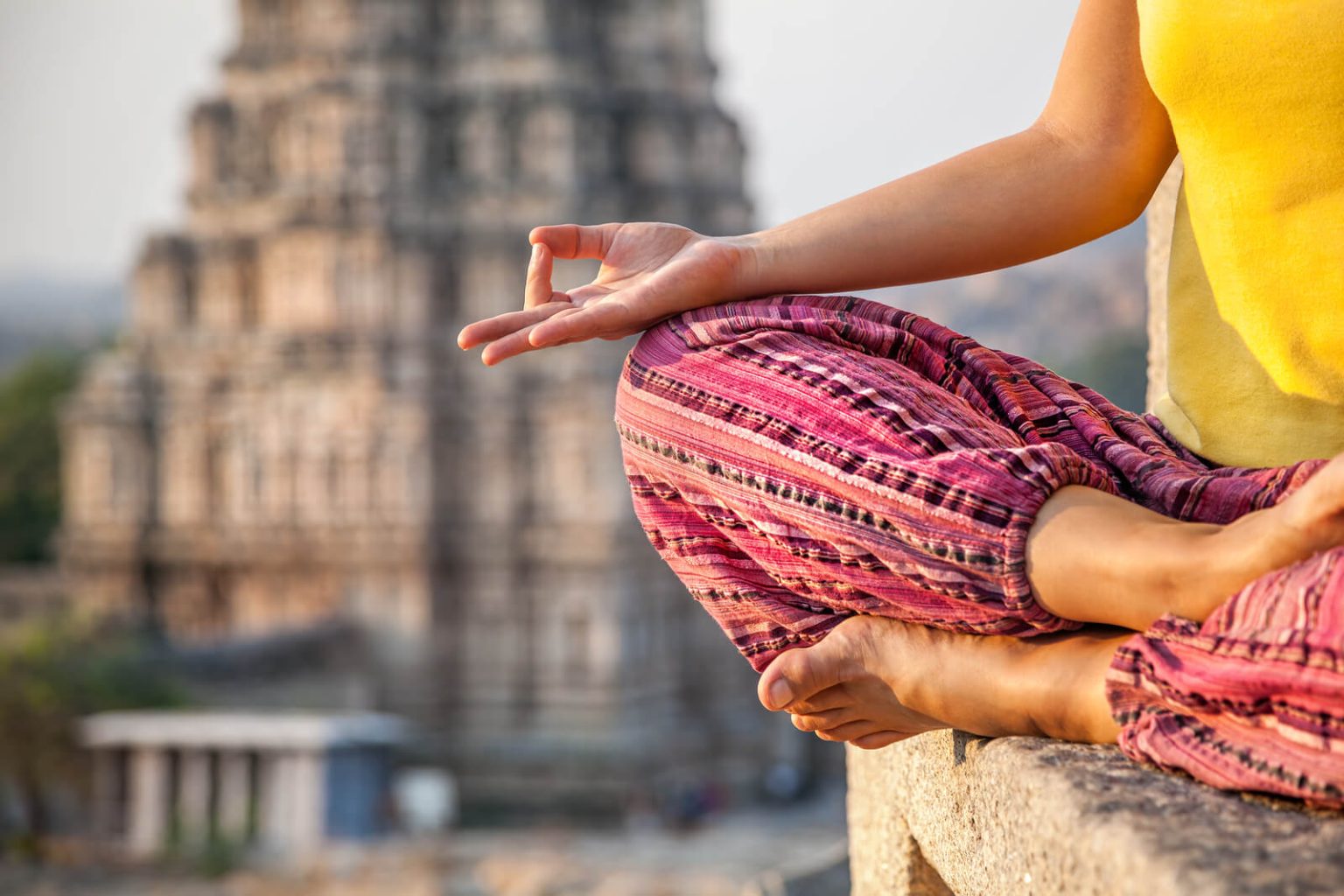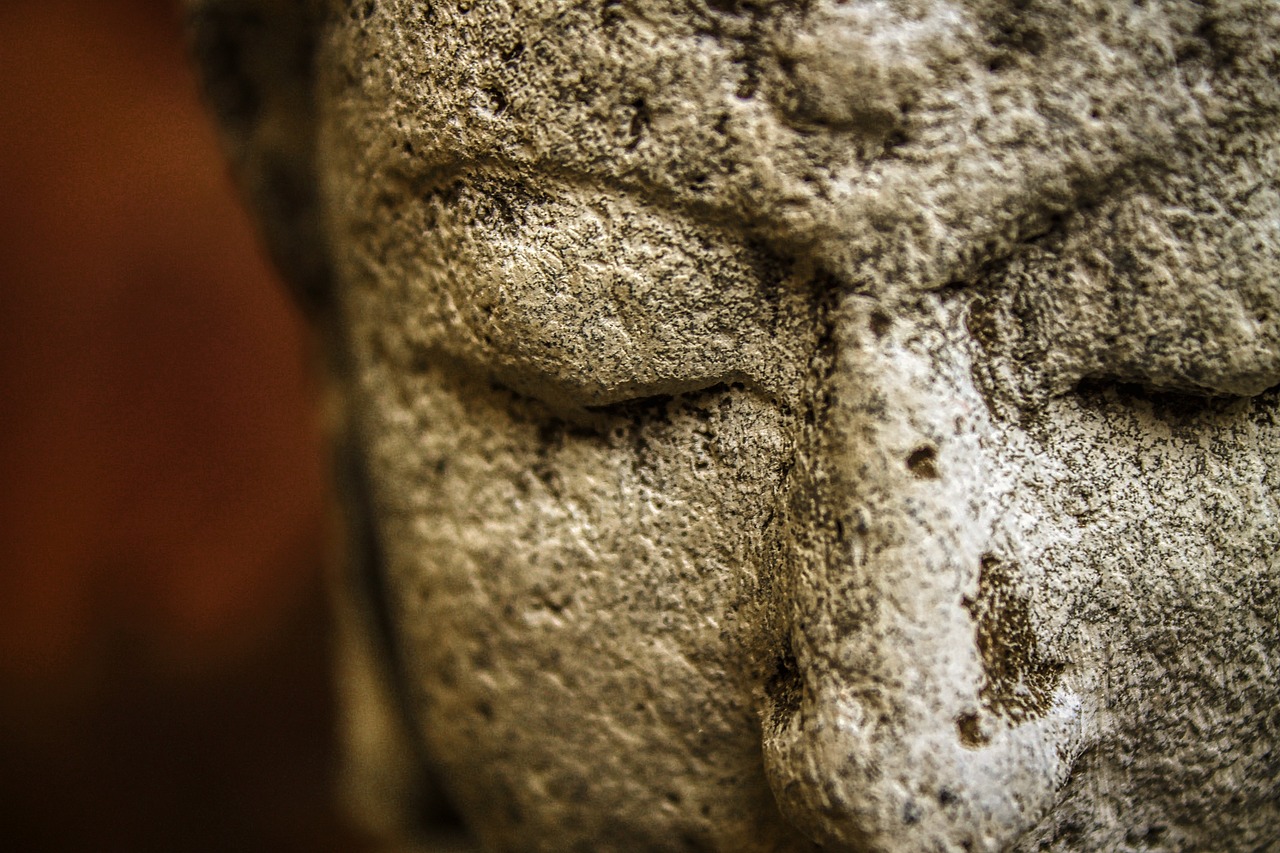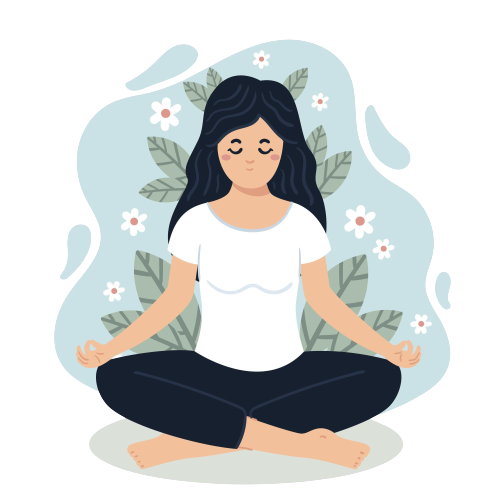
What Is Mindfulness?
Mindfulness is a beautiful practice that helps in connecting and being rooted in life as it flows by. It involves getting our minds back to the present and paying attention to the life that is unfolding right now within us and around us.
Definition Of Mindfulness
“Mindfulness means paying attention in a particular way; on purpose, in the present moment, and non judgmentally.”
-Jon Kabat Zinn
Paying Attention
Our attention and where we apply it is all that is in our control. Nothing else really is. We cannot control whether a thought comes our way or a memory emerges. But we can decide whether we want to attend to it or not.
On Purpose
It is about being deliberate and choosing consciously with a certain degree of awareness. You consciously choose what you wish to pay attention to-what is healthy to attend to at this moment. By being conscious and aware you can change the reactive habit patterns that have been conditioned over years.
In The Present Moment
Life is always unfolding in the here and now. In the present moment. It is only in the now that we can truly connect to and engage with life. Every other moment where we put our mind- be it past or future or fantasy- is only in our imagination, it is truly non-existent.
Non-judgmentally
It’s not about liking or disliking the present moment. It is not about wanting or not wanting it. It is simply about staying with it, witnessing it, connecting to it. Non-judgmental acceptance of experience alters the way a difficult situation is handled. Responses can be skillfully selected choices rather than reactions driven by habitual emotional and physiological behaviour patterns.
With Compassion
This is another very crucial aspect of the mindfulness practice. Mindfulness is not a practice of force. It is a practice of compassion and gentleness. It is a way of bringing the mind to the present without being forceful towards it, without a achievement mindset.
Brief History Of Mindfulness
The concept of Mindfulness is rooted in ancient Eastern traditions. For years, spiritual texts and practices in the Indian subcontinent and the East have placed importance in staying rooted in the present, and not getting swayed by the past or the future.
The wisdom of mindfulness has been passed on through generations as a way of life. Now, it has found its way into modern-day research and psychology.
In the 1970s, Mindfulness-Based Stress Reduction (MBSR) became widely popular, carving its niche into modern-day psychology. In the present day, there is ample evidence suggesting the benefits of mindfulness on our mental and physical well-being.
If you are interested to learn more about mindfulness, its origins, and how it evolved into the practice we follow in the present, you can read our article, “Indian Origins of Mindfulness.”
Most benefits mentioned below are incidentally a result of a more centered mind and body, which is a natural outcome of mindful living.
Join Our Free Online Course
Take the first step to relax your nervous system and prepare yourself to manage difficult emotions.
Meditation Made Simple: Start Your Practice
Benefits Of Mindfulness
While mindfulness has many benefits, these ideally should not be the incentive to practice. Ironical as it is, mindfulness isn’t practiced to achieve benefit, but only to realize the truth of the reality that is in this moment. So it is important to leave aside the achieving mindset and simply be open and attentive to watching what is going on. Most benefits mentioned below are incidentally a result of a more centered mind and body, which is a natural outcome of mindful living.
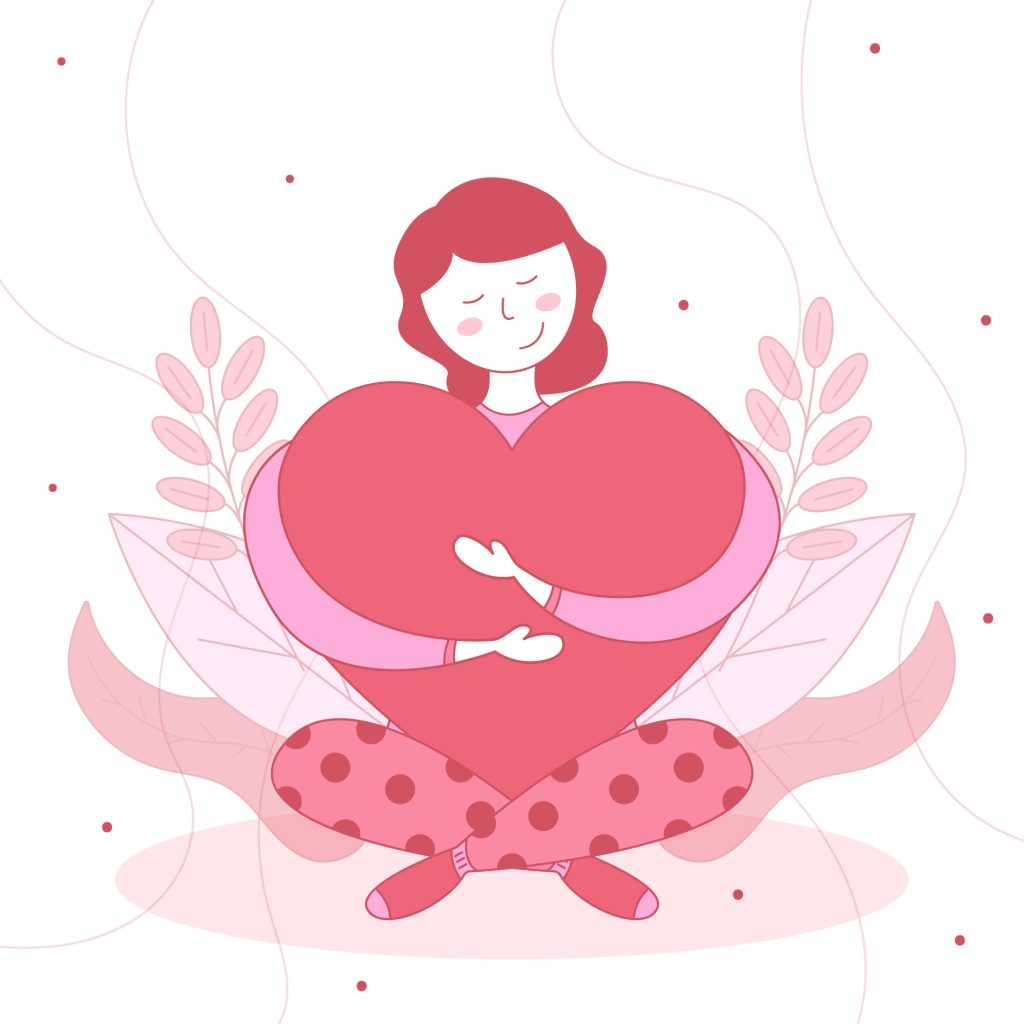
Why Practice Mindfulness?
If we need to live well, we almost do not have an option but to pay attention to our life as it is unfolding moment to moment. Mindfulness is about wisely paying attention to what is occurring within and outside us without judging it. It helps us because most of our suffering comes from our mind. It comes from judgments about how life is not good enough or how it should be bettered. It comes from continuously interpreting rather than experiencing it and from our lack of clarity about the nature of reality. Research has consistently shown significant positive shifts on different aspects of our physical health and mental health, resulting from practising mindfulness.As Henepole Gunaratna says:
How Can I Practice Mindfulness?
Getting started with a new practice can be challenging. Remaining consistent and committed to a practice can be difficult. We may try to “master” mindfulness by pushing ourselves, or we may tell ourselves that we “should” know everything about it.
However, mindfulness is a practice, not a goal. Therefore, the best way to get started with your practice is by simply being curious and open towards it. With time, and gentle effort, you will start to feel familiar and comfortable with the practice. You will start noticing the shifts in your patterns, approach, and responses to the situations around you.
Mindfulness is a simple practice that you can incorporate into your daily routine. For instance, you can bring mindfulness into your life through simple practices like bringing awareness to your body and breathing. Or, you can get started with a small meditation every day.
If you are looking to get started on your mindfulness journey, here is a short guided meditation by Sadia Saeed, Founder and Chief Psychologist at Inner space.
Resources On Mindfulness?
At Inner space, we have blended elements of mindfulness in our approach to therapy. We understand how confusing and challenging this journey can be for many. We believe there are multiple start-points and means through which you can embark on this transformative journey.
Therefore, over the years, we have curated resources for Mindfulness that you can use if you are looking to start this practice.
Misconceptions About Mindfulness
The term “journey” or “path” can be used to describe the process of starting your mindfulness practice. This is because, when you embark on a journey, you may be curious, and there may be certain fears, ideas, or uncertainty on how your journey will be.
Similarly, you may have some misconceptions or ideas about how mindfulness will be like. While everyone’s experience with mindfulness is different, we have listed some of the most common misconceptions people hold about mindfulness, and here are our thoughts about them.
- Mindfulness is all about shutting the mind of all negativity
Mindfulness focuses on the acceptance of the present moment, and it isn’t about pushing away the negativity. Many of us have tried to push away our negative thoughts and feelings to feel better. However, doing this will cause pain and suffering in other ways.
Mindfulness trains us to accept the reality of the present, whether it is positive, neutral, or negative. It builds our capacity to sit with uncomfortable thoughts and feelings, and ultimately let go of it.
- Mindfulness is Meditation
Meditation is certainly one of the ways you can practice mindfulness as it helps us to take a time out of your day to focus solely on being mindful. However, there are other ways you can be mindful. You can incorporate mindfulness into your actions, your daily routine, or simply, your breath.
- Mindfulness is a cure for anxious people
Mindfulness is a practice that can be used by everyone, even if you don’t have stress or anxiety. It can be a great tool for you to appreciate and embrace the richness and complexities of life, and learn more about the mind and its tendencies.
These misconceptions can often stand in the way of getting started with mindfulness. Therefore, trying some of the resources we have provided can be a great way for you to challenge these beliefs about mindfulness.
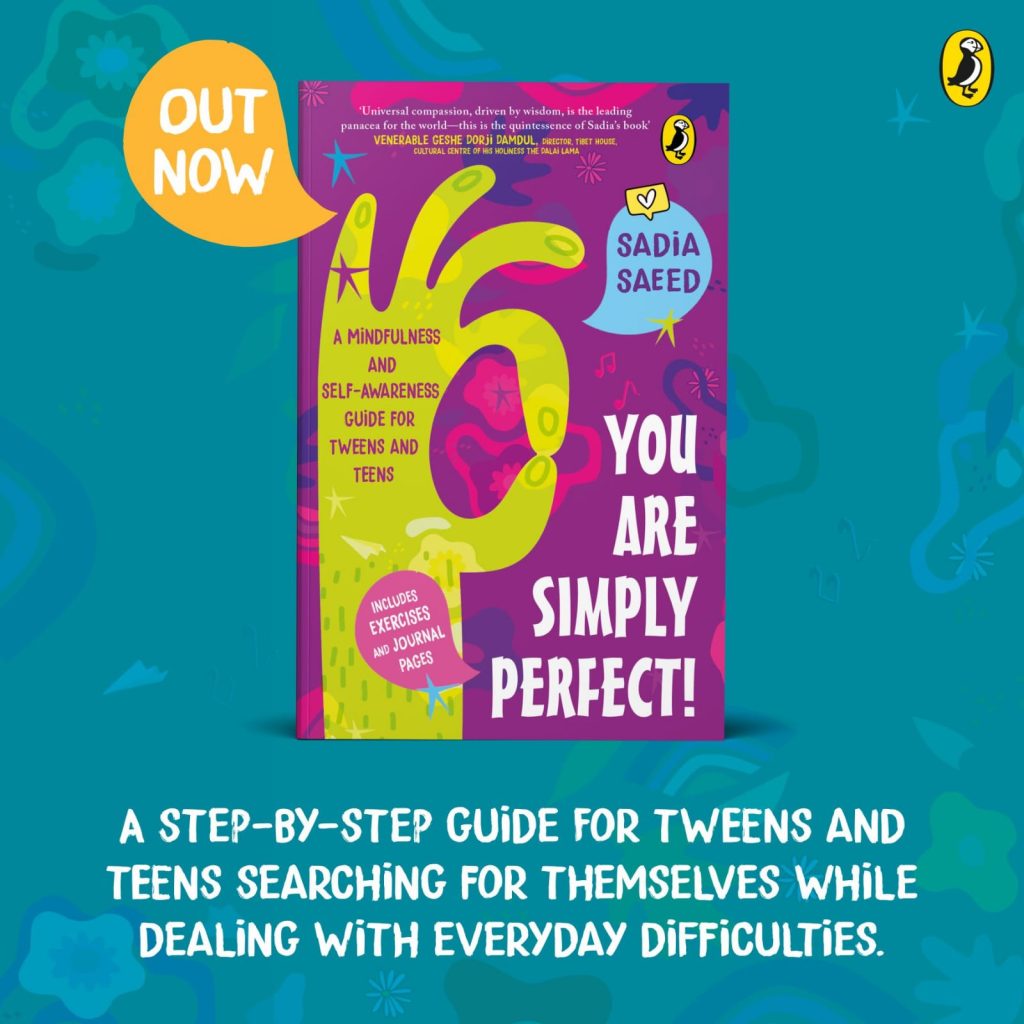
A Mindfulness & Self-Awareness Guide By Sadia Saeed
This book is written with an intention to help young people adopt perspective and practices to live life joyfully, to initiate valuable learnings from Indian wisdom traditions early in life and to avoid learning unhealthy patterns that will lead to mental health difficulties later.
FAQs On Mindfulness
Mindfulness and meditation are used interchangeably often. However, mindfulness is actually the bigger umbrella. The practice of being present. Meditation is the technique by which the brain is gradually trained to be mindful. Apart from formal meditation practice other informal mindfulness practices also aid the larger attempt to stay mindful.
Mindfulness needs to practiced without an achievement mindset. Mindfulness is not a linear skill. Yes you do get better at being mindful with practice, but that is not the goal. Unlike learning a sport where your intention is to play very well, mindfulness is about just being in the here and now. To whatever extent that awareness gets cultivated is helpful but there is nothing to achieve or see in terms of results.
Mindfulness is for everyone, young and old, irrespective of social, economic, and cultural background. As it is a mental state and practice, people across beliefs and faiths can experience mindfulness.
As humans we get pushed and pulled by life, relationships and circumstances which we attempt to manage in our own way. Mindfulness is just a way to perceive and authentically stay with what is happening within and outside. An attempt to put aside the solution focused mindset just for a little while and experience with openness and acceptance what we are going through, what each and every one of us are going through.
Mindfulness and Meditation (also one way of attaining mindfulness) are seen primarily as spiritual practices because of which there is resistance, both by people belonging to different faiths and by people who believe that thinking and reasoning through a situation is the only way out of it. The truth is that they do not require you to take any leap of faith or believe in something you cannot experience or change your religious affiliations. In fact, mindfulness is the most logical, rational practice for it says that the present for now is real. The rest is the product of our own mind which stimulates itself by staying in the past or future or in weaving stories about our lives- stories in which we have immense faith. But what truly can be experienced in reality and not in imagination is only what comes in through all our sense organs, in the now, in the ‘present.’
Mindfulness does help you to feel relaxed but it can also make you more restless when you sit for meditation initially. It allows you to see the connection of your mind and body. A restless body reflects a restless mind. As you make this connection repeatedly, you start the mind body sync. As you stay more and more present to life, the restlessness of both your mind and body decrease over time and you start to relax better. So it is more a relaxed way of living than a momentary relaxation training. As humans we get pushed and pulled in life, relationships and circumstances which we attempt to manage in our own way. Mindfulness is just a way to perceive and authentically stay with what is happening within and outside. An attempt to put aside the solution focused mindset just for a little while and experience with openness and acceptance what we are going through, what each and every one of us is going through.
Mindfulness can in fact make you more present and aware of your life as it unfolds now. It can open up an appreciation for the little joys of life. Although it can make you less attached as you give up controlling your environment and relationships, all to your own benefit and the benefit of people around you too.
Mindfulness is for everyone, young and old, irrespective of social, economic, and cultural background. As it is a mental state and a practice that has no religious connotations, people across different beliefs and faiths can experience mindfulness.
Only to the extent that knowing yourself well can be harmful. However, some individuals may have stored up years of unexpressed emotions. In such a situation, attempting the exercises of sensing emotions can be overwhelming. We suggest that they simply work with practices of focusing on open awareness of present and breathing. If closing eyes is difficult, meditating with open eyes gazing on the floor can also be attempted.

